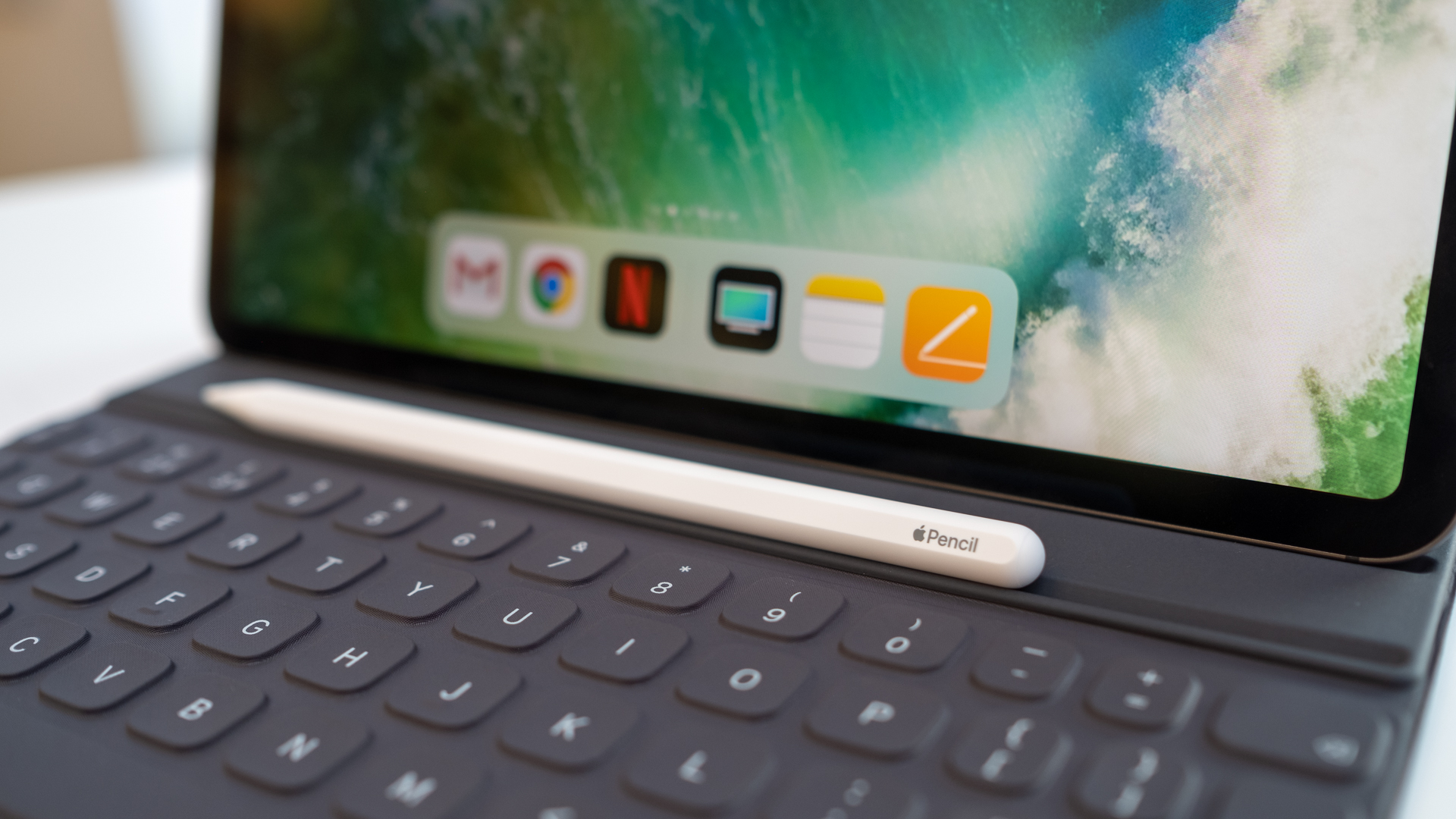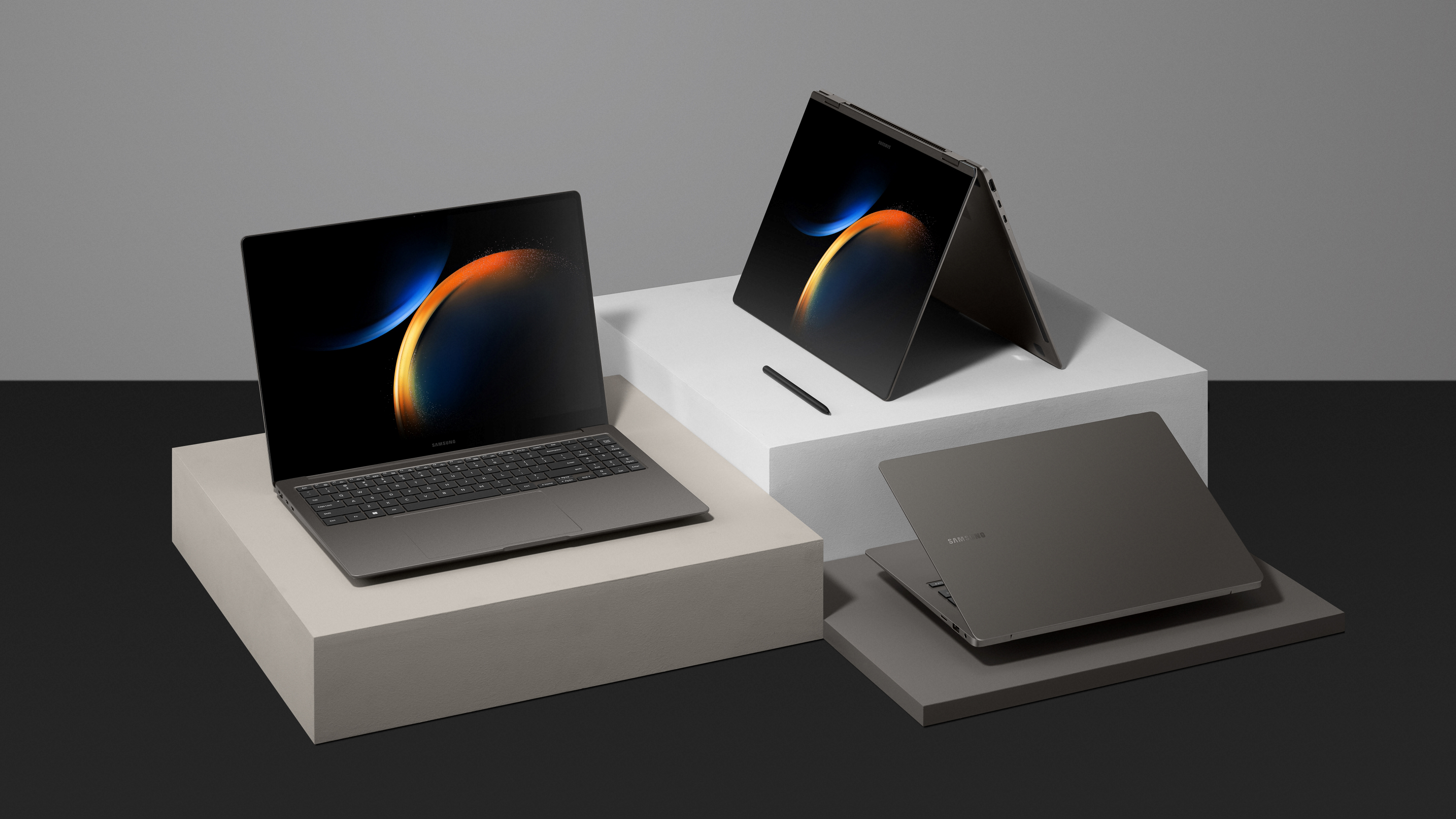The Galaxy S23 Ultra's glorified stylus finally deserves to be called S Pen

I have been with the S Pen, in one way or another, since the beginning. My first smartphone was a Palm Treo 700, so I know a stylus. I saw Steve Jobs in person exclaim that if a smartphone has a stylus, “they blew it.” When Samsung launched a stylus and impolitely demanded everyone call it The S Pen, its branding was met with rightful skepticism. Now, the Galaxy S23 Ultra stylus has finally distinguished itself enough to earn its moniker. Stylus, I dub thee S Pen (even though it's a silly name).
When the first Galaxy Note came out, I worked for Samsung on product reviews, and it was part of my job to explain the S Pen. I wasn’t instructed to correct folks who called it a stylus instead of “S Pen,” but out of correctness, I did so anyway.
Was it so different then from the Ultra stylus of today? Yes, quite. The Galaxy Note S Pen was based on Wacom’s electromagnetic resonance (EMR) technology. That's great tech for styli. It doesn’t require batteries, so the stylus never needs charging. It’s incredibly precise, and can handle features like thousands of levels of pressure sensitivity and different angles of tilt. It can tell the difference between the pen tip and the eraser tip on the opposite end.

There are plenty of devices that use similar tech. In fact, when I see a new device with a stylus, I hope it uses EMR until I’m told otherwise. Then I’m disappointed and I complain that I don’t want to charge my stylus or pay extra for a proprietary pencil. The Apple Pencil is based on Apple’s own tech, not EMR, and it’s a design nightmare.
An S Pen is more than just a stick
while large screens became the norm for all premium smartphones, even Galaxy Note users seemed less interested in the stylus
Back to the S Pen. If it’s the same as every other Wacom tablet, and Wacom calls it a stylus, then it’s a stylus. Except, what is a stylus? A rod with a pointy end. It’s less than a pencil or a pen. It’s more than a stick.
Of course Samsung would take objection when folks called its S Pen a stylus. First of all, while resistive screen smartphones came with styli for years, once the iPhone and capacitive touchscreens took off, the stylus all but disappeared.
You can still buy a low-precision pointer for the iPhone, which Wacom sells as its Bamboo stylus. The old ideas of precise handwriting and drawing on a phone screen were gone. Until the Galaxy Note, that is.
Sign up for breaking news, reviews, opinion, top tech deals, and more.
Samsung brought back the stylus in a big way, literally and figuratively, on its big screen phone. Unfortunately, while large screens became the norm for all premium smartphones, even Galaxy Note users seemed less interested in the stylus.
The Note disappeared, but the stylus, the S Pen, remains. Has it stagnated? Is it an afterthought that Samsung includes to make sure the spec sheet box is checked? Hardly. In fact, the S Pen of today is so much more advanced than the stylus originally hidden in the Galaxy Note, I’d argue it’s finally earned the right to its own branding. This S Pen is far more than a stick, and the stylus features may be the least interesting thing about it.
The S Pen has a battery it doesn't even need
The S Pen now charges when it’s housed. Yes, it has a battery, but not for the stylus features. You can theoretically still use the S Pen when it isn’t charged. The battery is for the Bluetooth LE radio inside.
There is quite a bit of tech hidden inside an S Pen these days. There’s Bluetooth LE, which connects to your phone for a number of functions. Thankfully, Samsung keeps the pairing hidden behind the scenes, so you don’t need to deal with the S Pen like it’s a normal Bluetooth device.

You can use the S Pen button to control apps, but there’s more. There are also motion sensors in the S Pen, including a gyroscope that can tell which direction you are holding it. By tracing loops and swipes in the air, you can command your phone.
You can use the S Pen to take a picture with your camera, or zoom in. You can use it as a PowerPoint slide remote, moving back and forth through your deck. You can use it to start and stop the stopwatch in the Clock. I only wish there were more actions, but these are useful gestures. So useful, in fact, that I’ve owned actual accessories that perform these tasks, like a presentation remote, or my camera shutter remote.
That’s why the S Pen deserves its own name, because it is finally unique. It can do what other stylus devices cannot. It can multitask and replace other accessories in your kit. If you have the need, it adds real value to the phone.
The devices of the future might still need a pen
Sure, the world will be virtually augmented, but there will still be pages to sign
I still think the days are numbered for the S Pen. As a pen, at least, its value is diminishing, but that doesn’t mean it won’t evolve into something better. Wearables are coming, and the need to write on a screen will seem antiquated when our glasses make the entire world our screen. What will we actually write upon?
I can imagine Samsung selling an S Pen with some future Galaxy Glasses Ultra device. It will be glasses you wear on your face, but there will be a pen hidden inside the arms.

Sure, the world will be virtually augmented, but there will still be pages to sign. You’ll still want a precision point for writing, drawing and the like.
Even more important will be gestures, and here Samsung could be ahead of the game. It already has aerial gesture support baked into the OS. Samsung’s One UI is already looking for you to wave your hands in the air, it just expects you’ll be carrying an S Pen when you do so.
My ultimate point is that Samsung took its idea, and even though it was ridiculed, the company built upon it to the point that the stylus has been dragged into the future, and may be vital moving forward.

Starting more than 20 years ago at eTown.com. Philip Berne has written for Engadget, The Verge, PC Mag, Digital Trends, Slashgear, TechRadar, AndroidCentral, and was Editor-in-Chief of the sadly-defunct infoSync. Phil holds an entirely useful M.A. in Cultural Theory from Carnegie Mellon University. He sang in numerous college a cappella groups.
Phil did a stint at Samsung Mobile, leading reviews for the PR team and writing crisis communications until he left in 2017. He worked at an Apple Store near Boston, MA, at the height of iPod popularity. Phil is certified in Google AI Essentials. His passion is the democratizing power of mobile technology. Before AI came along he was totally sure the next big thing would be something we wear on our faces.